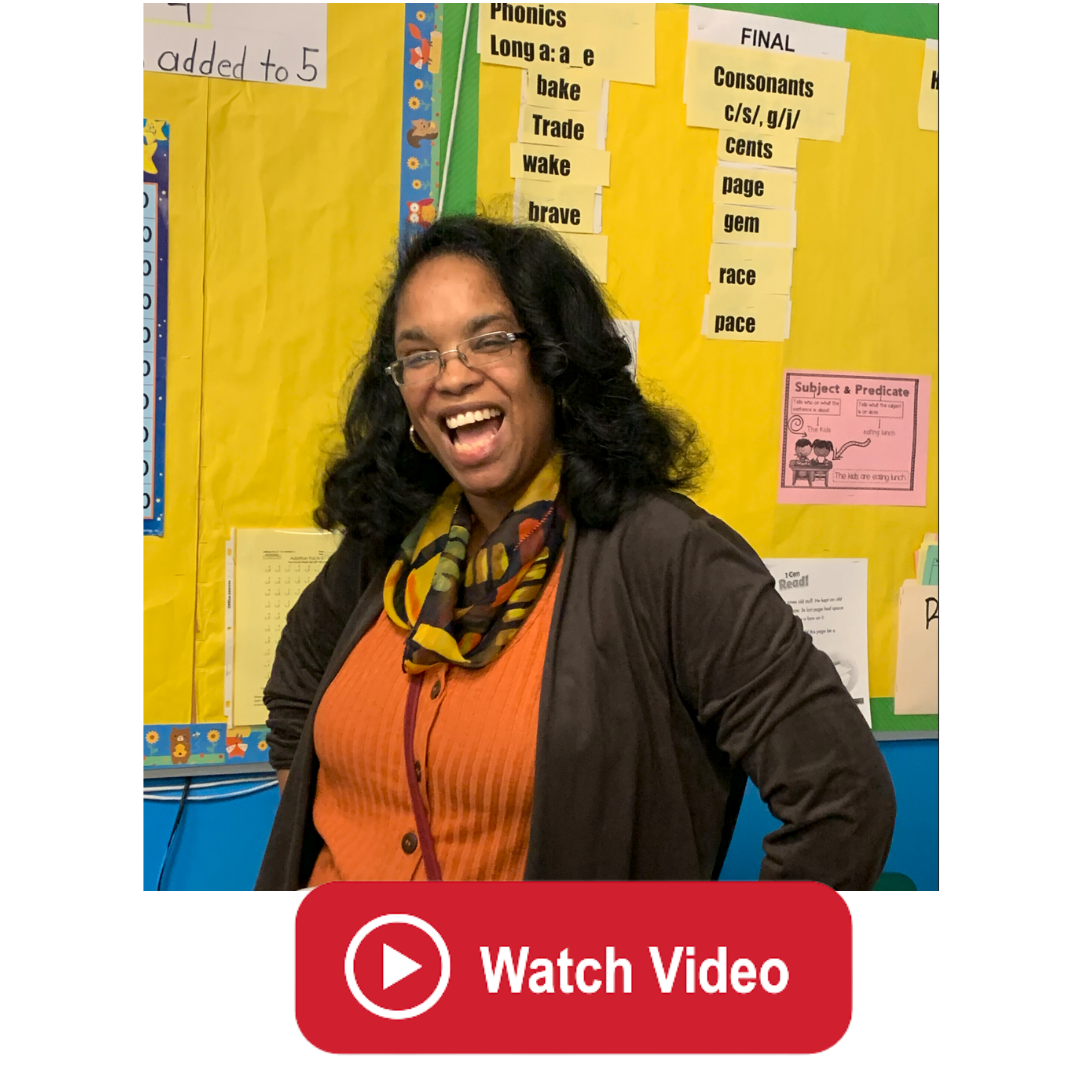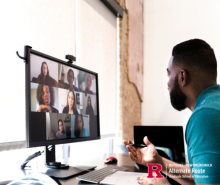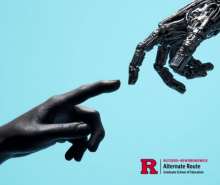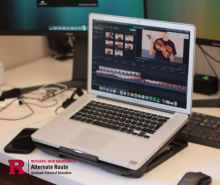Why This NJ Teacher Compares Culturally Responsive Teaching to Hosting Guests
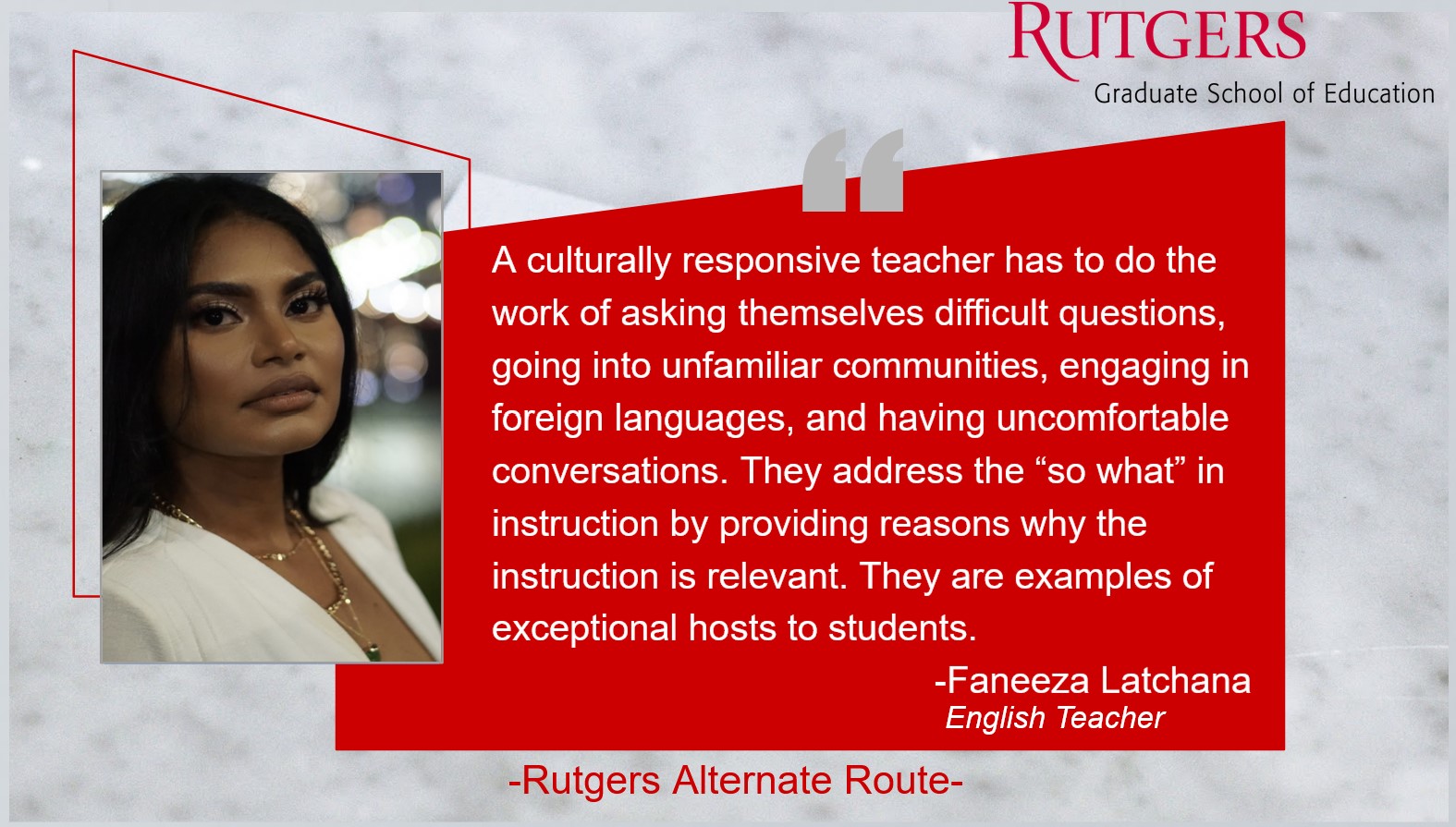
Every good host knows that it is important to make guests feel welcome in our homes. We approach our host duties understanding that all our guests are not the same. Some eat different foods, participate in different rituals, and have diverse needs. Similar to guests in our homes, teachers must aim to be great hosts to the students in our ever-changing classrooms. Ohio State University professor and lecturer on culturally responsive teaching Donna Ford discusses this in “Welcoming All Students to Room 202,” an article she published more than fifteen years ago. Ford parallels our classrooms to our homes and our students as our guests. By drawing on this analogy, teachers can understand how important it is to make our students feel welcome in our classrooms. It is our responsibility to make sure students' needs are met. This requires understanding that students in our classrooms differ linguistically, religiously, sexually, and of course culturally. Such understanding comes from cultural competence which is foundational for culturally responsive teaching.
Culturally responsive teaching is pedagogy that considers the individual student needs, and those of the learning community they are a part of, with the goal of promoting a community of acceptance and aptitude. Becoming a culturally responsive educator requires the teachers to be in a constant state of reflection--a reflection of self, student, curriculum, and community and how they all tie into performance. This reflection helps to uncover personal biases, stereotypes, or misinformation, which might undermine the goals of acceptance and aptitude a teacher wishes to promote in their classrooms. Ford offers some self-reflection questions that I believe are important in combating personal biases, stereotypes, misinformation, etc.
1. How prepared am I to work with students who are different from me?
2. How do I feel about working with students who may hold values and beliefs that differ from what I value and believe?
3. How do I work with students who have different customs and traditions?
4. How do I feel about working with students who have different learning styles and communication styles?
5. Do I even want these students in my classroom? What fears, stereotypes or biases do I have about people who are different from me?
6. How will these beliefs get in the way of my teaching and working with these students?
These questions help us examine who we are as cultural beings and how we view the world and the children we teach. It is not an easy task to question implicit cultural bias, but it is necessary for fostering an inclusive learning environment. The more we know about ourselves and the community in which we teach the more responsive our teaching can be.
Like Ford, Nikki Williams Rucker, a 15-year veteran teacher and consultant to Edutopia, suggests that to understand the many cultural nuances, teachers must do a self-audit where we dig deep and recognize, as well as name, those things we don’t want to look at or talk about. She discusses this at length in her article "Getting Started With Culturally Responsive Teaching" and offers a great resource, an online test published by Project Implicit, that we can take to examine or implicit biases. In addition, Rucker states that a curriculum audit is also needed. Her recommendation is that teachers revamp lesson plans, so they reflect students' interests. Yes, teach the canonical texts, but also introduce new culturally relevant texts. Make available assignments that students can recognize and feel included in. Offer cultural scaffolds that link new and current assignments.
Rucker’s recommendations complement well those of Northeastern University’s Kristin Burnham whose blog article titled “5 Culturally Responsive Teaching Strategies” lists the following instructional practices for teachers:
1. Activate prior knowledge
2. Make learning contextual
3. Encourage students to leverage their cultural capital
4. Recognize your classroom set up
5. Build relationships
All of these strategies move away from the teacher simply identifying their cultural bias to actually implementing culturally responsive teaching in their daily practice.
While self-appraisal is an important first step, teachers must incorporate the practice of culturally responsive teaching for it to make a difference in student learning. I turned to the Brown University Digital Repository, which has curated resources on this and other topics. The Knowledge Loom: Culturally Responsive Teaching document on the site outlines several characteristics of this important practice. One of the characteristics is the importance of family involvement. Parents can offer insight into their family culture, as well as their children’s personalities, how they feel their child learns best or how they were taught in their homeland if a child has migrated from another country. The spotlight collaborators state, “Children learn about themselves and the world around them within the context of culture. Students from minority cultures might feel pressured to disavow themselves of their cultural beliefs and norms to assimilate into the majority culture. This, however, can interfere with their emotional and cognitive development and fail” (Brown University, 2002). Thus, we must view parents as active participants in their child’s learning and communicate with them and other family members to eliminate alienation and intentionally practice cultural inclusivity as part of our culturally responsive teaching practice. This may help educators vary their teaching strategies and provide assignments that reflect different cultures, religions, languages, races, gender, etc.
As teachers, we all have the common goal of closing the achievement gap. With the shift in classroom makeup, we can see that closing the cultural gap can aid in that mission. This begins with increased cultural competence, which helps us better respect student's backgrounds and identities and use them to redefine how we facilitate instruction. Cultural competence understands the sensitivities of the students who differ linguistically, religiously, sexually, and of course culturally. A culturally responsive teacher has to do the work of asking themselves difficult questions, going into unfamiliar communities, engaging in foreign languages, and having uncomfortable conversations. They address the “so what” in instruction by providing reasons why the instruction is relevant. They are examples of exceptional hosts to students.
I aim to provide a safe and welcoming class climate to inspire enthusiastic learners. In order to do so, I bring resonance to the task at hand; if students can relate to a lesson, they will more likely invest in it. It is through investment in what’s being taught that true internalization occurs. Culturally responsive teaching will empower me to accomplish this and prove myself an exceptional host to each of my students.
If you’re considering following your dream of teaching, Rutgers Alternate Route can offer you the support and training you need to succeed. Be sure to follow Rutgers Alternate Route on Twitter and sign up for Alternate Route’s monthly newsletter for more information and stories from the field of education.

 Faneeza Latchana teaches English at Great Oaks Legacy in New Jersey. An English major in college, Faneeza used her knowledge of literature, writing and grammar to pursue a career in teaching through the Rutgers Alternate Route program. When asked why she became a teacher, the Montclair State University graduated stated, " I believe in representation. Being a teacher of color, I can highlight the possibilities through my role. It is important that students can “see themselves” in me. It is also significant that they learn in new and interesting ways as it correlates to their reality."
Faneeza Latchana teaches English at Great Oaks Legacy in New Jersey. An English major in college, Faneeza used her knowledge of literature, writing and grammar to pursue a career in teaching through the Rutgers Alternate Route program. When asked why she became a teacher, the Montclair State University graduated stated, " I believe in representation. Being a teacher of color, I can highlight the possibilities through my role. It is important that students can “see themselves” in me. It is also significant that they learn in new and interesting ways as it correlates to their reality."